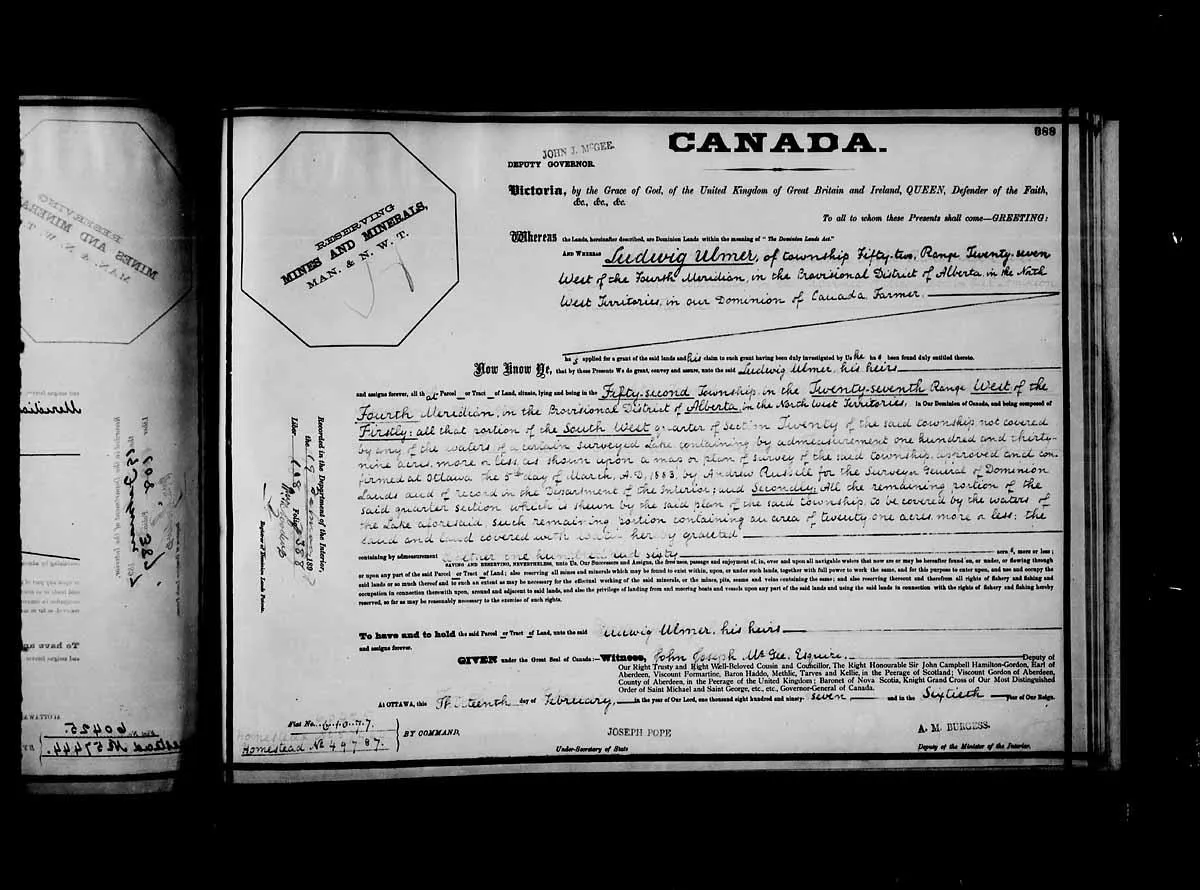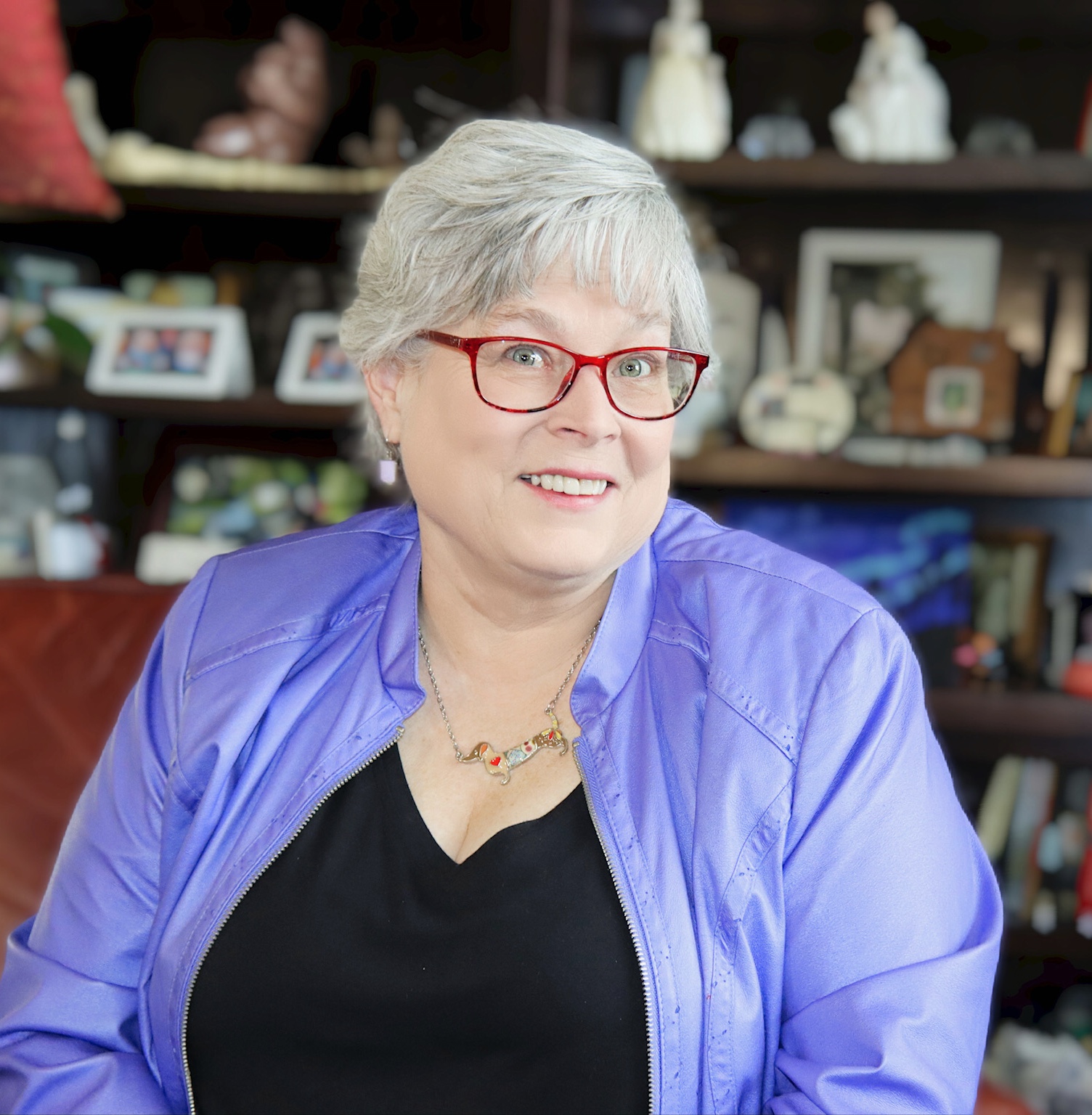
Freedom Seekers in the Family Tree
Freedom Seekers in the Family Tree
Tracing the Brave Paths to a New Life
Each summer, we celebrate Canada Day or Independence Day with fireworks, anthems, and family gatherings. But beneath these public celebrations lie personal stories—often undocumented—of the individuals who earned our freedom not through revolution or politics, but through sacrifice, grit, and faith.
They were the freedom seekers: men, women, and children who crossed oceans, left homelands, and risked everything in pursuit of liberty—freedom from war, poverty, religious oppression, and hopelessness.
These aren’t just stories of countries being born. They are our stories—etched into passenger manifests, homestead records, and fading family photographs. Their journeys are why we are here today.
What Freedom Meant to Our Ancestors
Freedom, for many of our ancestors, was not a patriotic ideal—it was personal.
It meant:
Practicing their faith without persecution.
Escaping military conscription or political unrest.
Claiming the dignity of land ownership.
Creating a future for their children that they themselves never had.
Whether fleeing famine in Ireland, pogroms in Eastern Europe, or economic collapse in Germany, these ancestors sought something better. And they found it not in comfort, but in resilience.
Case Study: Homesteading Dreams – A Family's Journey from Galicia to Alberta
One such story from our family archives reflects the difficult, often heartbreaking road that many immigrants walked:
In 1889, a Galician family joined 630 other German-speaking immigrants arriving in Canada under the Alberta Homestead Grant program. Originating in a region marked by political turmoil and shifting borders, they were among the thousands who left Galicia between the late 1870s and 1914 in search of peace and prosperity.
After landing in Liverpool, they journeyed to Winnipeg, eventually settling in Dunmore, Alberta, where drought conditions challenged their early efforts and applied for homestead under the land grants program. But the land proved inhospitable. By 1891, a lien was placed on the property, and by 1901, it was deemed unsuitable for livestock or crops. The grant was canceled and the land resold in 1902.
Yet they didn’t give up. Seeking better prospects, the family relocated to Stony Plain, Alberta.
By 1892, the family’s perseverance bore fruit: multiple sons had secured their own homesteads, and the family collectively held nearly 500 acres of farmland in Parkland County. They became part of a tight-knit community of Galician settlers, building a legacy that endures today.
This family’s story is a window into the hopes and hardships that shaped Canada’s West—and our own roots.
How to Trace Freedom Stories in Your Family Tree
Every family has a migration story. Here are some essential tools and records to help you uncover it:
Passenger Manifests & Ship Logs
Use Ancestry.ca, Library and Archives Canada, or Ellis Island databases.
Look for port of departure, family groupings, ages, and final destinations.
Naturalization Records
These often include the reason for immigration, year of arrival, and former nationality.
Canadian records post-1915 may show full applications and references.
DNA Tests & Ethnicity Clusters
Matches in Poland, Ukraine, Germany, or Austria may point to Galician roots.
Cluster analysis can confirm migration pathways and regional identities.
Local Newspapers & Settlement Books
Pioneer communities often published homesteading registries, church records, and centennial books.
Check for profiles of “first settlers” in rural areas like Stony Plain or Dunmore.
The Canadian Homestead Experience
From 1870 to 1930, Canada offered free land to European settlers under programs like the Dominion Lands Act and provincial initiatives like Alberta's Homestead Grant. The promise was simple: 160 acres of land in exchange for:
Building a permanent residence
Cultivating a portion of the land
Remaining on-site for a minimum period
But the promise wasn’t always fulfilled.
Many homesteads failed due to weather, isolation, or financial hardship. Yet, even abandoned land grants hold genealogical gold. The failure of a homestead still tells us where a family lived, when they arrived, and why they moved on.
Tips for Researching Galician & German-speaking Immigrants
If your ancestors came from Galicia (now parts of Poland and Ukraine), try:
Church records: Catholic and Protestant parishes in Galicia maintained excellent sacramental records (baptisms, marriages, burials).
Austro-Hungarian military records: Men aged 18–45 may appear in draft lists even if they emigrated.
German colonies: Search for names associated with Galician-German villages such as Ugartsthal, Lemberg, or Brody.
Legacy: What They Left Us
By the time the original family homestead was resold in 1902, the dream of a free and independent life had already passed to the next generation. These descendants helped shape the agricultural backbone of Alberta and contributed to the multicultural identity of Canada.
Their journey was more than a move—it was a statement of faith in something better.
As genealogists, when we uncover these stories, we don’t just collect facts—we honor sacrifices.
What You Can Do This Month
Post a photo or map of your immigrant ancestor’s journey.
Start a story file to gather notes, links, and documents on their migration.
Share memories with cousins or older relatives—record what they recall.
Use the hashtag #RootsofOurFreedom to join others honoring their family’s journey.


